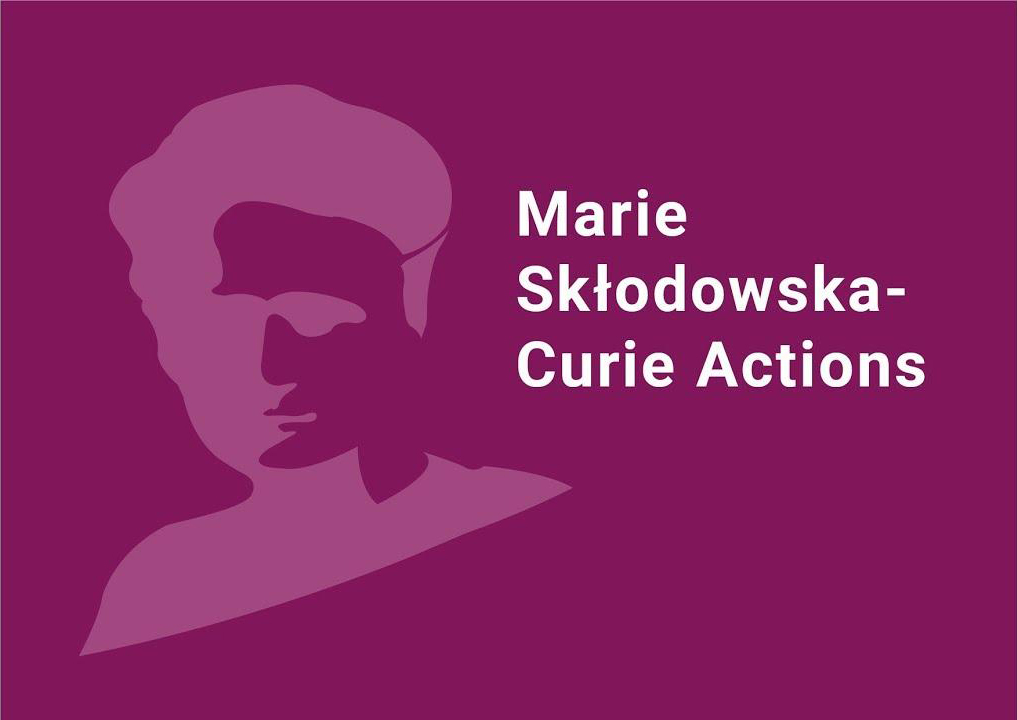HOTELECTEM


Start date: 15 December 2023
End date: 14 December 2025
Grant agreement ID: 101109165
Noble metal nanoparticles (Au, Ag, Cu) exhibit unique optical properties called localised surface plasmon resonances (LSPR) when interacting with external electromagnetic (EM) waves in the UV-Vis-NIR region. The surface conduction electrons of these nanomaterials can obtain a large amount of energy from the decay of LSPRs (hot electrons) and can drive chemical reactions on the nanoparticle surface. Several combinations of metal and semiconductors were observed to generate hot electrons, but their catalytic efficiency is very low due to the presence of the Schottky barrier at the interfaces. The combination of plasmonic metal and catalytic metal is a breakthrough in this aspect and was observed to show very good catalytic efficiency provided by the hot electrons. However, they suffer from high structural instability during the reaction condition. This is inherent to the conventional 3H hexagonal close-packed (HCP) structures of these plasmonic nanostructures. Non-conventional plasmonic nanostructures of 4H/2H-HCP configuration are considered to have higher mechanical and structural stability compared to the conventional ones. In this project, we will analyse the hot electron generation and transfer mechanism of a new unconventional bimetallic Au (AuNT)@Pd and AuNT@graphene antenna@reactor nanotriangle system at nanoscale spatial resolution experimentally using electron energy loss spectroscopy (EELS). in aberration-corrected transmission electron microscopy (Ac-TEM) and theoretically using the time-dependent density functional theory approach. In addition to TEM, the nanostructures will be characterised using other high-end characterisation tools to investigate their structural, optical and chemical properties. The stability of the nanostructures during reaction conditions will be extensively studied using in situ dynamic heating/cooling and polarisation support in an Ac-TEM. These studies will be of paramount importance for developing next generation photocatalytic materials to replace conventional fossil fuels.
More information here




